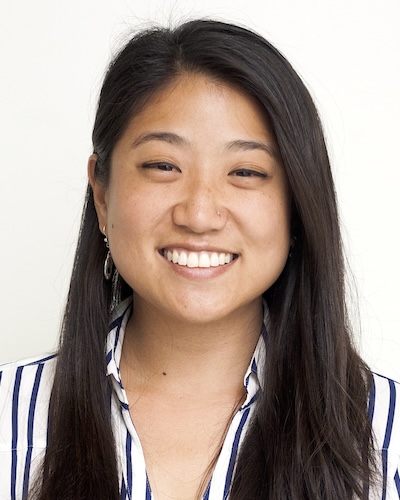No OT to shadow? No worries!

September 6, 2017
by Erika
To those of you who are currently in or still need to complete the mental health immersion, this blog post is for you. Many of you have concerns about not having an OT to shadow during your level I due to the limited number of mental health facilities that have OTs available. That’s a fair concern, I had the same one! Fear not, I’m here to say that I had a great experience in my level I even without an OT to shadow. It took a bit of a perspective shift but once I was able to allow the experience to reveal itself naturally, what I ended up gaining exceeded any expectations and fears I had going in.
During my first fieldwork placement during my first year, I was placed at Verdugo Hills Hospital’s geriatric psychiatric unit called Stepping Stones. I had the opportunity to observe both inpatient and outpatient settings which was quite a privilege. As with most mental health settings, there was no OT to shadow. Therefore, I was placed under the supervision of two recreational therapists and an art therapist in the inpatient unit as well as two social workers in the outpatient unit.
Here is what made my mental health experience so valuable even without an OT to shadow:
- I learned what professions are already well established in mental health, what they do, and how OT can provide additional value. Before this fieldwork, I didn’t know much about mental health. I just assumed that if someone had mental health issues, they’d see a psychologist. Through this fieldwork, I had the opportunity to observe interventions done by recreational therapists, an art therapist, and social workers and how they played their parts in assisting patients across the progress of their illness. I learned that in art therapy, you would choose mediums (markers vs. paints vs. colored pencils) according to the patients’ cognitive levels and abilities as well as the psychological significance of certain colors! I learned that social workers have the authority to diagnose and observed how they engaged clients in group talk therapy. Best of all, I was able to execute OT sensory and cognitive interventions and inform the other professions on what value we could bring to what they were already doing. It was a beautiful exchange of thought across professions and a shared passion of service to this population.
- I was able to get exposed to all mental health settings through the experiences of my peers and in turn, reduce stigma that I personally associated with mental health. Since there are few OTs to shadow, mental health is the only immersion in which weekly fieldwork debriefs are set up with peers and a faculty member during class time. I think that most of my classmates would agree that this served as being one of the most helpful resources. We were placed with the same group all semester in which each member was placed in a different mental health setting so we got firsthand experiences of what each setting entailed. What a way to learn! It provided an open platform to not only share in each other’s concerns and successes but gave us a deeper lens into the mental health community. These debriefs equipped us with awareness and compassion, and in turn, helped debunk any stigmas that we initially came into the course with.
- USC faculty support is top notch. Even with the lack of OT in my settings, there was never a time that I didn’t feel supported by USC faculty. With such breadth of experience, you are bound to find a faculty member that has practiced in the setting you’ve been placed in (inpatient, outpatient, full service partnership, wellness center, clubhouse, etc.). I was able to reach out to faculty members and pick their brains about possible interventions to try out, success stories, horror stories, etc. just to feel a bit more comfortable in understanding OTs role in my specific setting. This experience opened doors to forming relationships with faculty who I now see as mentors that I feel comfortable reaching out to for guidance throughout school and my future career.
- Developing my therapeutic use of self. Even without an OT, this fieldwork placement was a great opportunity to observe the variance in how my supervisors, as therapists, utilized their own therapeutic uses of self. Everyone has their own gifts, ways of communicating, and backgrounds that contribute to how they practice and work with clients. It was fascinating to see how one recreational therapist Carl*, who I called the Zen master, would engage patients vs. another, Yuko*, who was bubbly and charismatic. They were so different and yet, their concern and care for every patient was expressed and equally well received. This made me really reflect on the fact that there is no one way to be a successful therapist. I began to observe my own therapeutic use of self and develop my own style of practice utilizing my own authentic experiences and gifts.
I know this post was a bit of a big boy but thank you for reading. Hopefully, I’ve been able to alleviate some fears or at least provide a change in perspective on what else you could look forward to during your level I mental health fieldwork placement. At the end of the day, with all your fears, questions, or concerns, know that there is faculty close by, peers going through the same thing, and new and interesting perspectives that lie untapped with your supervising mental health professionals that might provide more insight into your own value and practice with this population. Level I placements are meant solely as a means to observe so OPEN YOUR EYES — you may be surprised by what you end up learning.
*All names mentioned in this blogpost are pseudonyms.
⋯
Next by tag Fieldwork ⟩ Life Hacks ⟩
⋯





